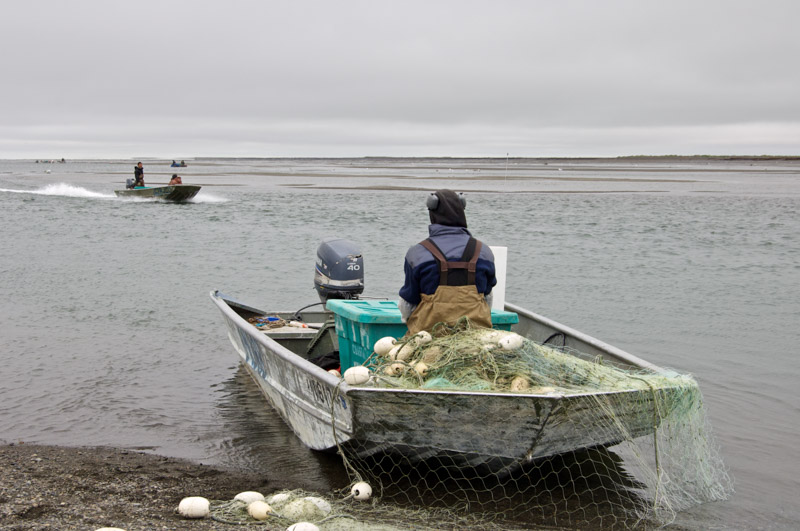
by Natalie Osborne | Apr 5, 2023
In this activity, students discuss how methods of fishing have changed, then play a game to explore the idea of sustainable fishing practice. They simulate fishery activity using increasingly sophisticated technology, in different ocean areas. As students progress through the fishing seasons, they will likely overfish their part of the ocean and will have to migrate to other places in the ocean to meet their basic needs.
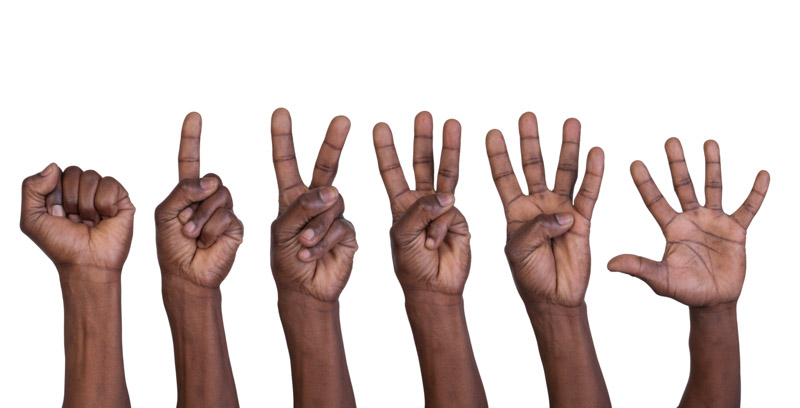
by Natalie Osborne | Apr 4, 2023
In this 3-4 day investigation, students revisit the sea otter mystery story and discuss what scientists did to study sea otters in the Aleutians. They simulate the observation, identification, sampling, and counting methods used by scientists in two different activities, then reflect, discuss, and pose questions about scientific data collection.
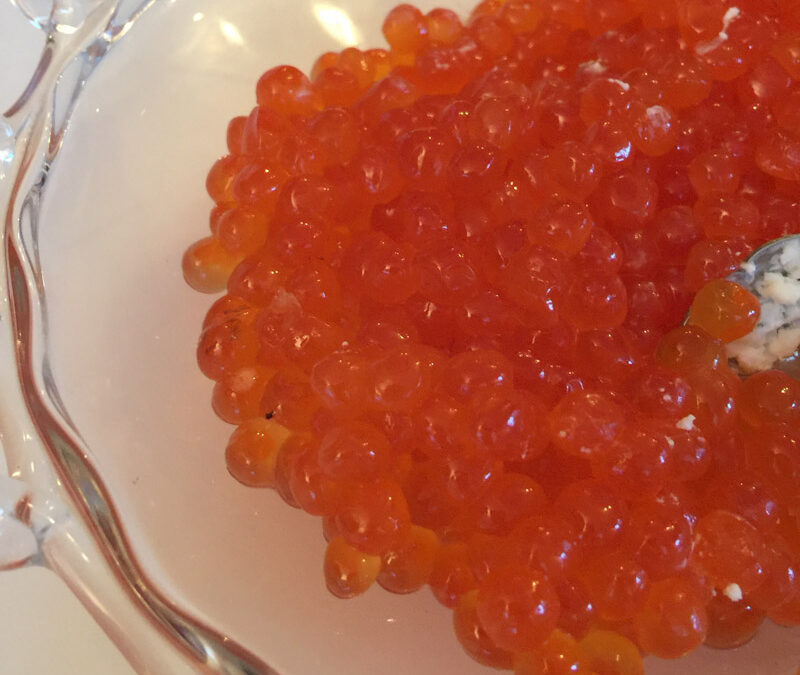
by Natalie Osborne | Apr 4, 2023
In this investigation, students explore the needs of salmon at each stage of their life cycle, and then go into the field to investigate a local aquatic habitat and its potential as salmon habitat. They observe the physical characteristics of a local area and determine whether they think it is sufficient to sustain salmon.
NEW! Fish Finders investigation aligned with the NGSS.” and link to the NGSS-aligned Fish Finders.
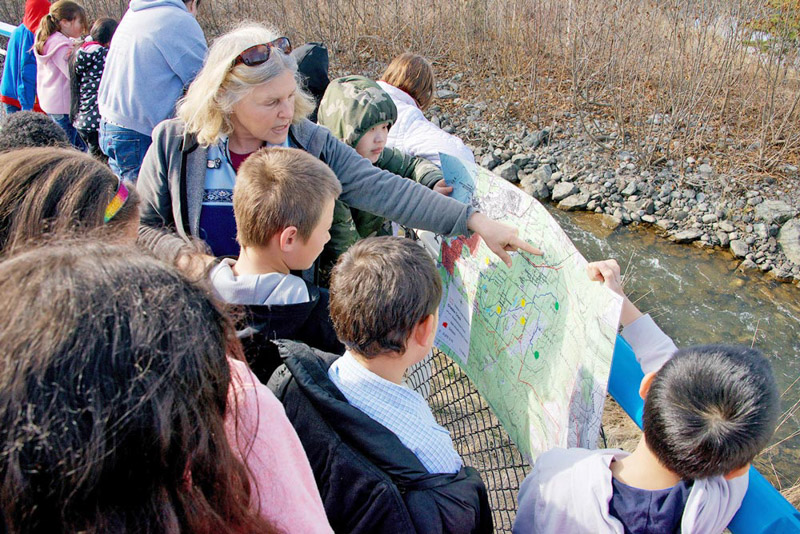
by Natalie Osborne | Apr 4, 2023
After listening to a story about a river, students are introduced to watersheds by simulating a watershed with crumpled paper, ink, and water. They investigate the sources of home drinking water in their community, through home inquiry and an actual or virtual field trip. They discuss their experiences and ask questions to help them understand the interconnections in their local watershed.
The big ideas and concepts for this lesson are:
Water from the tap comes from the watershed.
Science questions may be created by observation and reflection and answered through investigation.
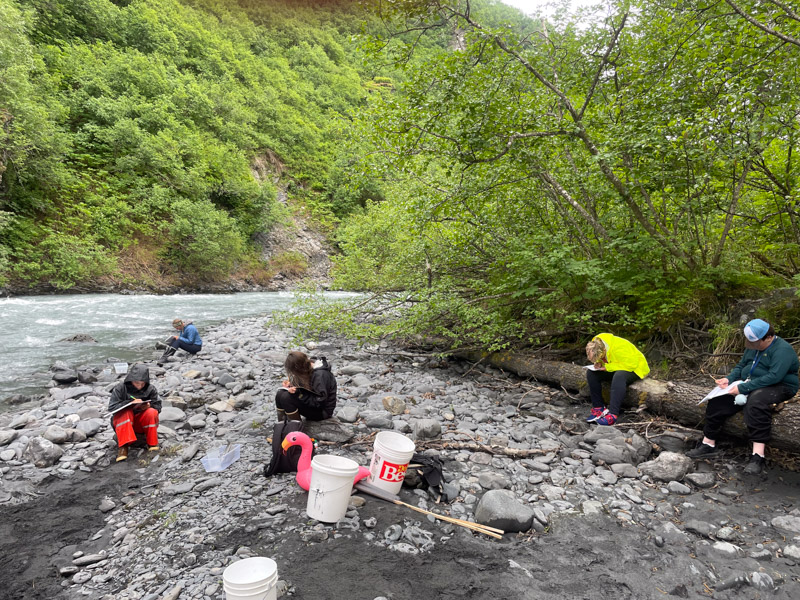
by Natalie Osborne | Apr 4, 2023
Using skills and background information they have developed through classroom experiences and the initial nature walk, students will go into the field to observe and measure local habitats. Students will begin by exploring the area, then do “timed counts” to get an idea of the observable organisms in the local environment. They will then focus individually on one small area to study.





